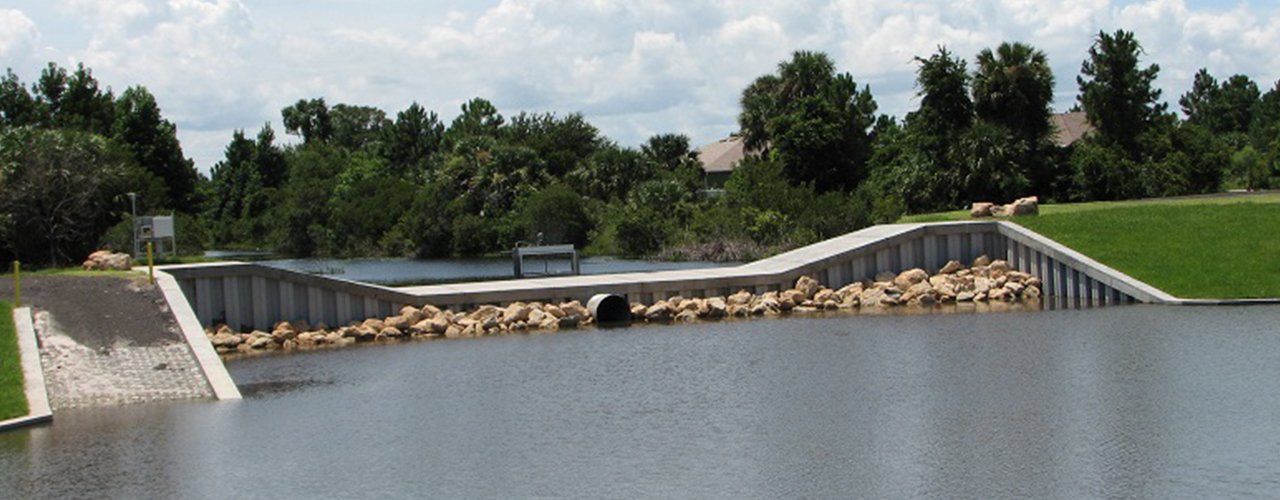Palm Coast Monitoring Strategy Development

Background
Palm Coast maintains a network of 12 real-time monitoring stations for flood control within the community’s meandering canals.
Challenge
To complement the existing monitoring stations, the city desired the development of a monitoring program to assess local water quality trends for comparison with state water quality standards and relevant total maximum daily loads.
Solution
Woolpert led the creation of a citywide monitoring strategy to identify and compile information influential in developing and directing the city monitoring program. This undertaking included an evaluation of existing regulatory requirements affecting the city, and the historic water quality data collected over the last 10 years was obtained and analyzed. Although sporadic and somewhat limited, this data was grouped by local watersheds to assess general conditions and any apparent trending.
Outcome
The Mission remote data collection platform for the existing stations was evaluated for compatibility with new potential water quality sensors. These locations were included in the strategy since they could be integrated with additional water quality sensors. GIS mapping was developed to depict the water quality sensors as well as water quality risks (e.g. aging sewer systems) and consequences (e.g. community parks) across each city watershed. The team compiled this data into a summary matrix to help prioritize watersheds for monitoring.
To further improve the monitoring strategy, field inspections will be conducted in the highest-priority watersheds to determine specific locations for sampling or deployment of monitoring equipment. Woolpert will develop a monitoring plan outlining specific data collection recommendations at each location with collection methods and protocols. The plan will include laboratory and emergency contact information, equipment maintenance guidance, pre-event checklists and sample chain-of-custody forms.
Client
City of Palm Coast
Location
Palm Coast, FL
Challenge
Develop a water monitoring strategy able to assess trends and meet standards.
Solution
- Evaluate regulatory requirements
- Analyze historic data
- Prioritize watersheds for monitoring
Services
- GIS
- Stormwater monitoring
- Regulatory compliance
Benefits
- Cost-saving, merged monitoring stations
- Future monitoring strategy growth